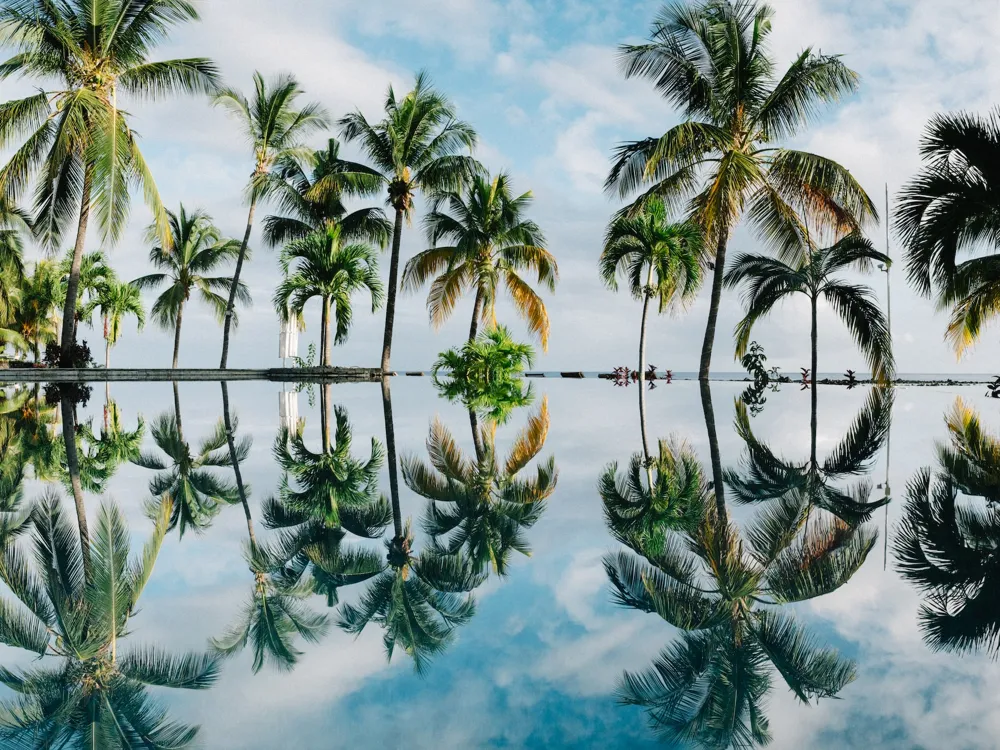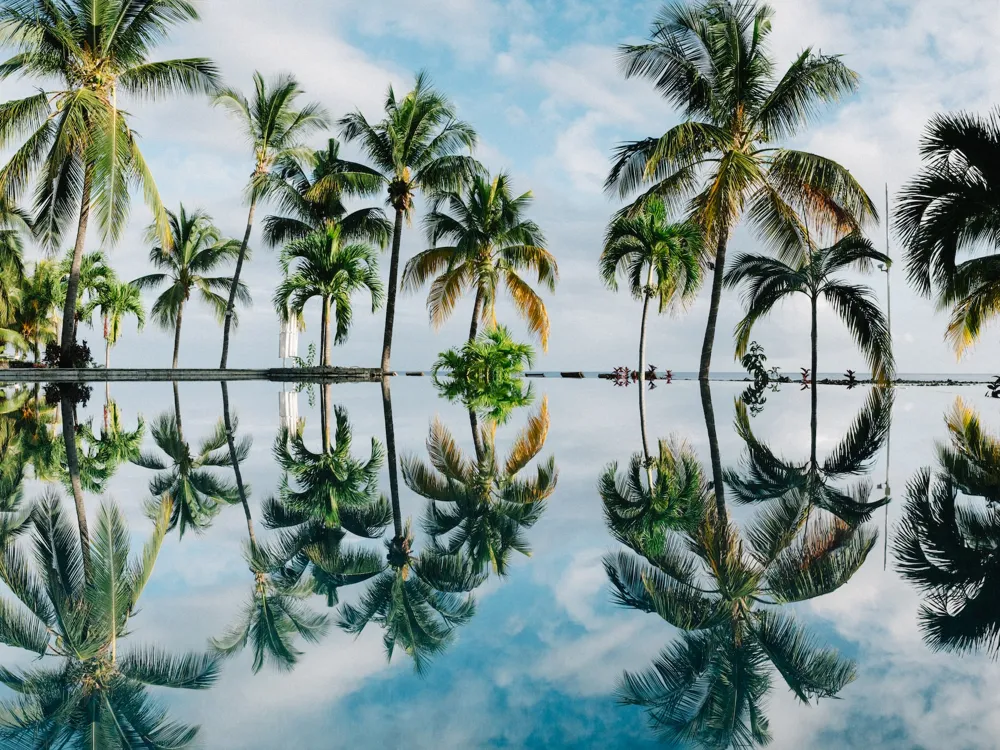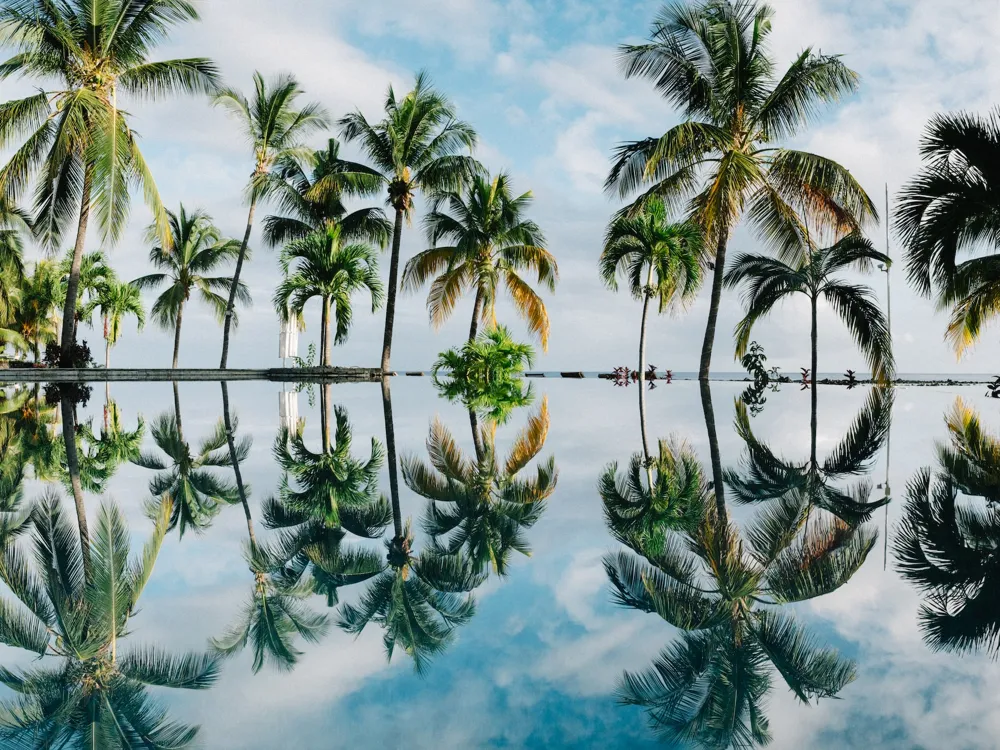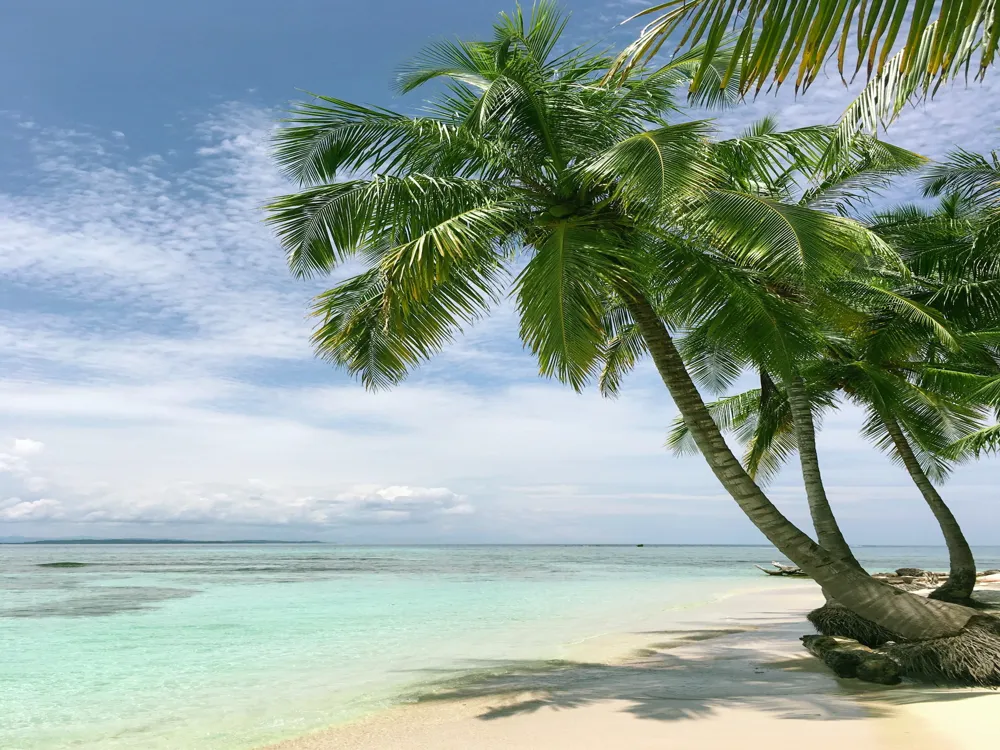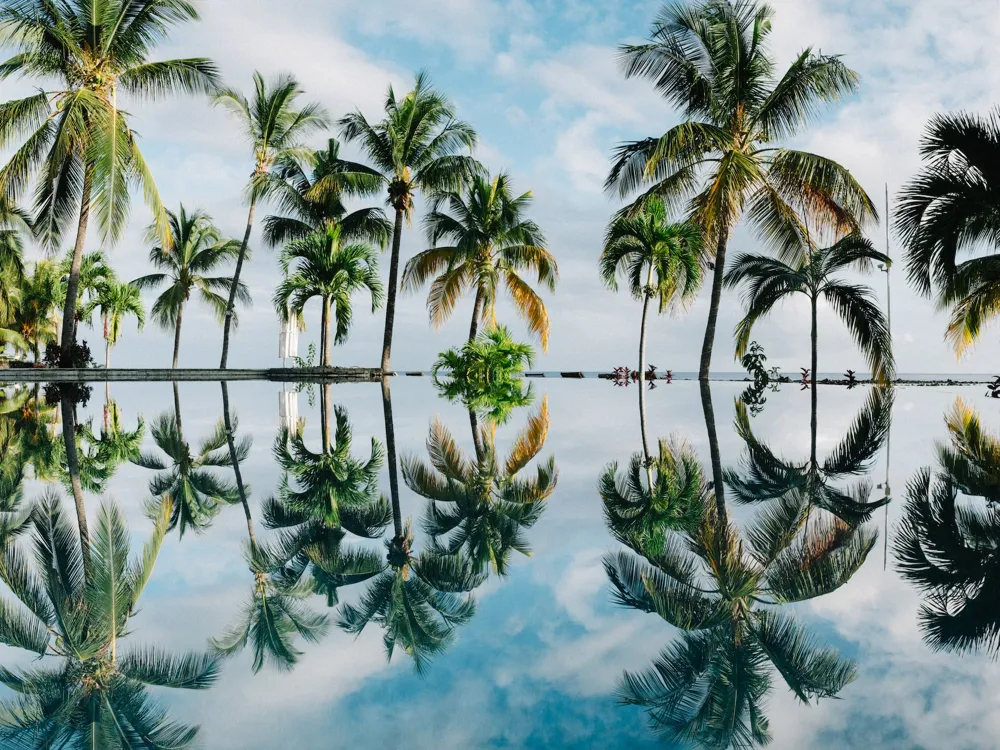Le Morne Beach, a breathtaking and iconic destination, is located on the Le Morne Peninsula in Mauritius, a jewel in the Indian Ocean. Known for its pristine white sandy beaches, crystal-clear turquoise waters, and majestic backdrop – the Le Morne Brabant Mountain, a UNESCO World Heritage Site, this beach is more than just a picturesque spot; it's a symbol of the island's rich history and vibrant culture. The beach’s history is poignant and powerful. Le Morne Brabant Mountain served as a shelter for runaway slaves during the 18th and early 19th centuries. The mountain's isolated, wooded, and almost inaccessible cliffs made it an ideal refuge for those fleeing captivity. This historical significance adds a profound depth to the serene beauty of the beach, making it a place of reflection and respect as well as relaxation and recreation. Visitors to Le Morne Beach are greeted with a landscape that is both awe-inspiring and tranquil. The beach itself stretches for miles, offering ample space for relaxation and beach activities. The lagoon formed by the barrier reef provides a natural swimming pool, perfect for both adults and children. The consistent winds blowing across the peninsula make it an excellent spot for water sports, particularly kitesurfing and windsurfing, attracting enthusiasts from around the world. The surrounding area of Le Morne Beach is just as enchanting. The lush vegetation, dotted with colorful tropical flowers, and the nearby charming local villages offer an authentic Mauritian experience. The blend of natural beauty, historical significance, and cultural richness makes Le Morne Beach not just a destination but an experience, a place where memories are made and the soul is nurtured. The architecture around Le Morne Beach is a harmonious blend of natural and man-made elements. Traditional Mauritian structures, with their characteristic thatched roofs and open-air designs, are nestled amidst lush greenery, complementing the natural landscape. These buildings are a testament to the island's commitment to preserving its environmental beauty while accommodating the comforts and amenities of modern tourism. Resorts and hotels in the area are designed with a deep respect for the natural surroundings. Many of these structures feature eco-friendly designs, utilizing sustainable materials and techniques to minimize their environmental footprint. The use of local materials, such as wood and stone, in construction helps these buildings blend seamlessly into the landscape, creating an unobtrusive and authentic Mauritian atmosphere. Beyond the resorts, the architecture of the local villages reflects the cultural diversity of Mauritius. A fusion of African, European, Indian, and Creole influences can be seen in the design and construction of homes and public buildings. This melting pot of architectural styles not only adds to the visual appeal of the area but also tells the story of the island's rich cultural history. The architectural beauty of Le Morne Beach extends to the layout of the area. Careful planning ensures that development is sustainable and maintains the natural beauty of the peninsula. The balance between development and conservation is evident in the well-maintained public spaces, the preservation of key historical sites, and the overall aesthetic harmony that defines Le Morne Beach. Le Morne Beach is a year-round destination, but the best time to visit is from May to December when the weather is cooler and less humid. This period also offers ideal conditions for water sports, particularly kitesurfing. Mauritius is a multicultural society with a blend of different religious and cultural practices. Visitors are advised to respect local customs, dress modestly when away from the beach, and be mindful of religious sites and practices. Le Morne Beach is famous for its water sports. Beginners should take lessons and always follow safety guidelines. Be aware of the wind conditions and tides, and never venture out alone if you're inexperienced. Visitors are encouraged to respect the natural environment. Avoid disturbing wildlife, do not leave trash on the beach, and consider using eco-friendly sunscreens to protect marine life. Le Morne Peninsula has more to offer than just the beach. Explore the local villages, hike the Le Morne Brabant Mountain, and visit nearby attractions to fully experience the area's beauty and culture. Le Morne Beach is accessible and well-connected. The nearest airport is Sir Seewoosagur Ramgoolam International Airport. From there, you can rent a car, take a taxi, or use public transportation to reach the beach. The journey offers scenic views and gives a glimpse into the island's diverse landscapes. For those staying in other parts of Mauritius, a network of well-maintained roads makes driving to Le Morne Beach straightforward. Public buses also service the area, offering an affordable and authentic way to travel. Regardless of the mode of transportation, the journey to Le Morne Beach is part of the adventure, offering stunning views and insights into the island's vibrant culture and lifestyle. Read More:Overview of Le Morne Beach
Architecture of Le Morne Beach
Tips When Visiting Le Morne Beach
Best Time to Visit
Respecting Local Customs
Water Sports and Safety
Environmental Conservation
Exploring the Surroundings
How To Reach Le Morne Beach
Le Morne Beach
Le Morne Peninsula
Mauritius
₹ 24,899 onwards
View mauritius Packages
Weather :
Tags : Beach
Time Required : 2-3 hours
Parking : Available near the beach
Toilets : Available on the beach
Planning a Trip? Ask Your Question
Mauritius Travel Packages
View All Packages For Mauritius
Top Hotel Collections for Mauritius

Private Pool

Luxury Hotels

5-Star Hotels

Pet Friendly
Top Hotels Near Mauritius
Other Top Ranking Places In Mauritius
View All Places To Visit In mauritius
View mauritius Packages
Weather :
Tags : Beach
Time Required : 2-3 hours
Parking : Available near the beach
Toilets : Available on the beach
Planning a Trip? Ask Your Question
Mauritius Travel Packages
View All Packages For Mauritius
Top Hotel Collections for Mauritius

Private Pool

Luxury Hotels

5-Star Hotels

Pet Friendly







